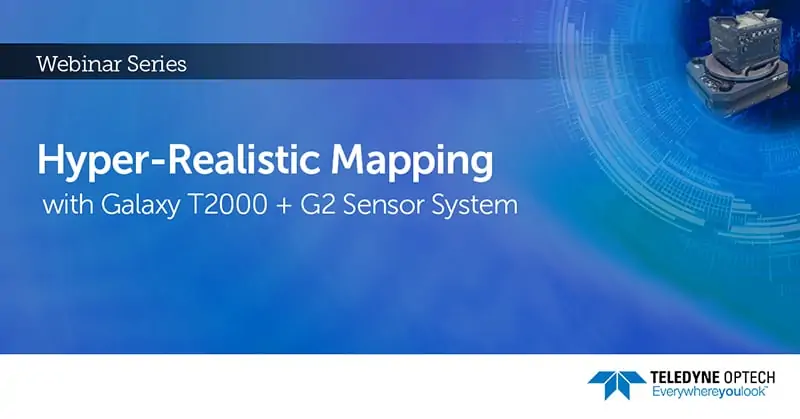
This presentation details the technical specs and applications of Teledyne Optech’s new Galaxy T2000 and G2 Sensor System – two innovative platforms which are poised to significantly disrupt the airborne mapping industry.
Suited for all terrains and landcover, the T2000 offers an effective rate of 2 million measurements per second, and the tightest laser footprint on the airborne market. With the G2 Sensor System, two sensors can by synchronized, with a true rate of 4 million measurements per second. What does that look like? Come see the breakthrough in high resolution airborne mapping and how you can use the Galaxy suite to grow your business.


















